NutraBlog
The Role of Botanicals in Complementary Therapy
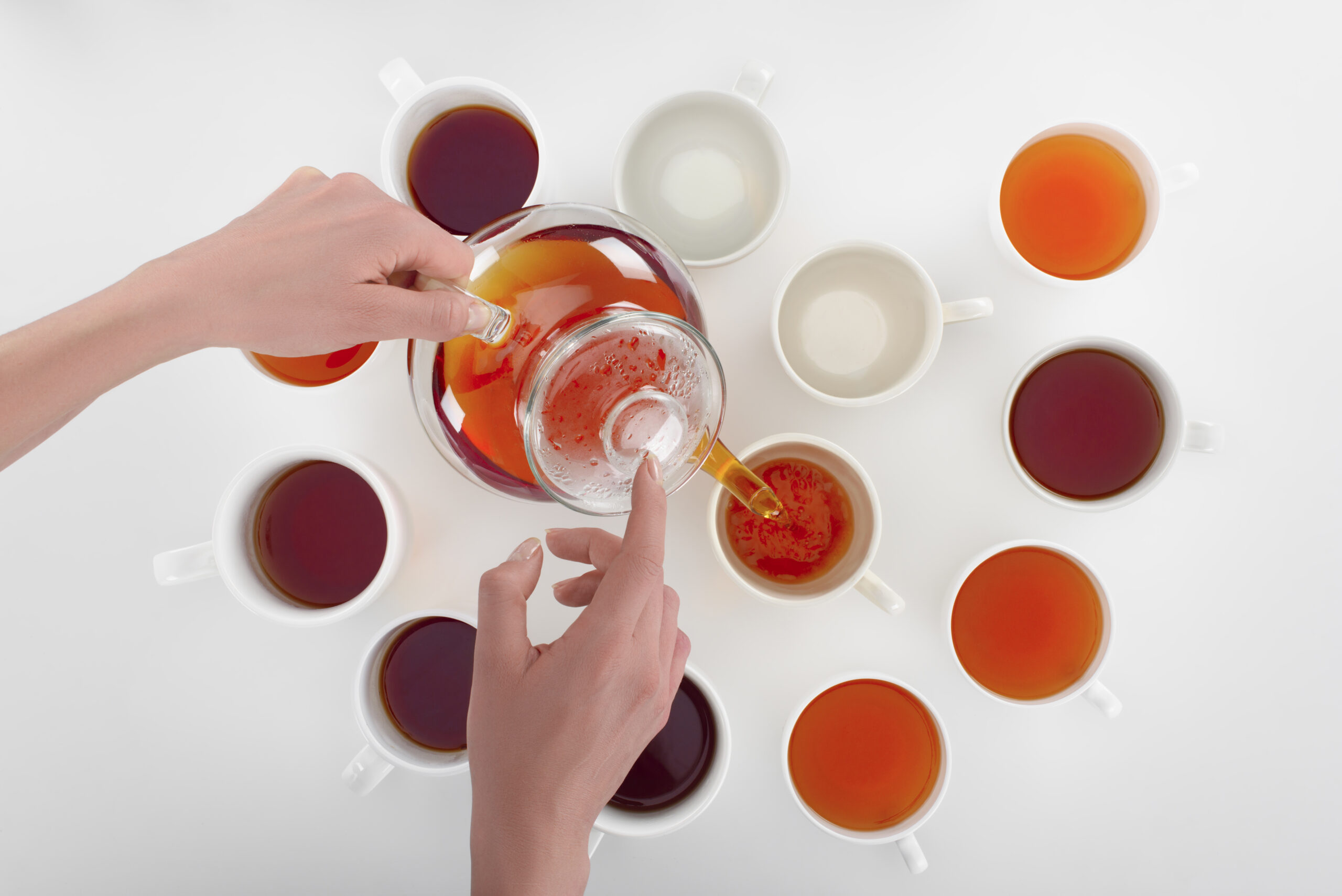
Plant-based medicines, including herbal teas, will come under the spotlight soon when National Complementary Therapy Week 2025 gets underway.
Taking place from March 20 to 26, a number of events have been organised throughout the UK to show the part that herbs, plants and spices can play alongside conventional medicine.
What do we mean by botanicals?
Botanicals are any part of a plant that can be used in a therapeutic sense. This includes the root, flowers, seeds, leaves and even the bark of a flower, vegetable or bush. You’ll hear scientists sometimes referring to botanicals as phytomedicine.
What forms do botanicals take?
Botanicals can be absorbed by the body in a number of different fashions. For instance, any part of the plant can be made in to tinctures, creams, lotions, drugs, essential oils and, in our own case, herbal teas.
Common symptoms botanicals can be used to treat
For centuries now, herbalists have been using plants to relieve a number of different ailments. Some of the most common include St John’s Wort for mild depression (from the plant Hypericum perforatum) and Valerian root for sleep. A herb found in tropical forests, known as Gymnema, has been used to lower blood pressure in diabetics, while other research shows plants have even been used to treat cancer when used together with traditional medicine.
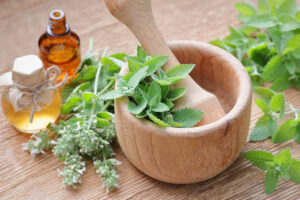
Lemon balm leaves are used to treat insomnia and stress, natural hair and skin treatment, aromatherapy concept
Meanwhile, here’s a list of herbs and what conditions they can be used for. Most of these will probably already be familiar to you others – such as black cohosh – you may be learning about for the first time:
Ginseng
The root of the Ginseng plant is used as a tea to help with reduced energy levels (especially Panax Ginseng) and to boost immunity.
Our own Ginseng tea here at NutraTea is combined with ginger to double it is energy and immune boosting qualities. Not surprisingly, Ginseng is also part of the formula for our popular NutraBoost tea.
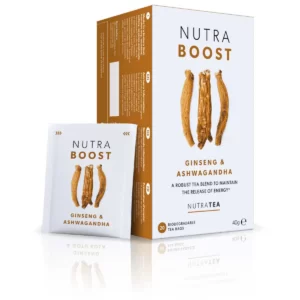
Turmeric
This popular cooking spice contains an active compound called Curcumin. Research shows this has anti-inflammatory effects and which is why it’s often used to treat painful arthritis.
Gingko biloba
This particular herb has been a big constituent of traditional Chinese medicine for centuries and still remains so today. The antioxidants in the leaves and seeds of the plant are said to be good for sexual dysfunction as well as heart disease and even dementia.
Echinacea
Famously used for a number of years here in the UK to treat the symptoms of a cold, Echinacea originates from North America. Every part of the plant is used, from the leaves to the petals and roots. It’s also given for a sore throat, toothache or skin burns.
Elderberry is combined with Echinacea in our special NutraTea blend to help not just immunity, but also the digestive system.
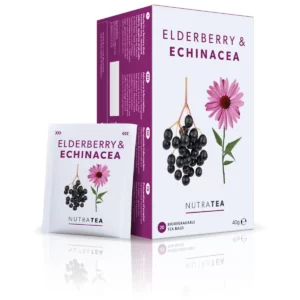
Chamomile
Another very popular herbal medicine (especially in tea form), Chamomile has been around for thousands of years. Given for constipation and urinary tract infections, amongst other illnesses, this plant is said to have inflammatory, antimicrobial, and antioxidant qualities.
Chamomile is the main constituent of our NutraRelax tea blend. This also contains Passionflower and Lavender for encouraging sleep, together with Lemon Balm for its effects on mental clarity.
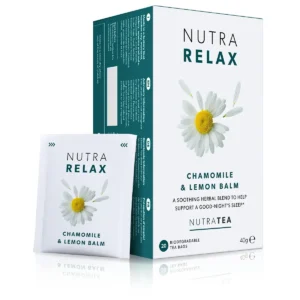
Ginger
Another spice, as well as a popular herbal tea, Ginger is used by pregnant women to treat morning sickness. It’s also given for high blood pressure and colds.
Black cohosh
Another plant found in North America, as well as Canada, Black cohosh was a famous medicine used by Native American Indians. A phytoestrogen, it’s commonly used in herbal medicine for relieving menopause symptoms and boosting fertility.
